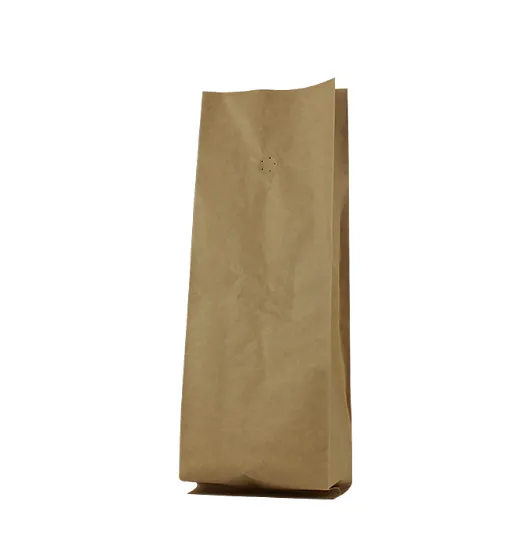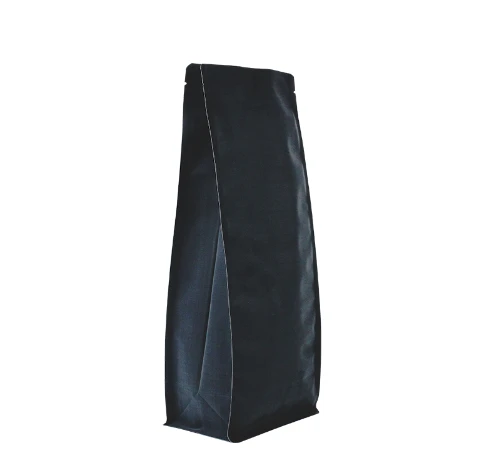- Afrikaans
- Albanian
- Amharic
- Arabic
- Armenian
- Azerbaijani
- Basque
- Belarusian
- Bengali
- Bosnian
- Bulgarian
- Catalan
- Cebuano
- chinese_simplified
- chinese_traditional
- Corsican
- Croatian
- Czech
- Danish
- Dutch
- English
- Esperanto
- Estonian
- Finnish
- French
- Frisian
- Galician
- Georgian
- German
- Greek
- Gujarati
- haitian_creole
- hausa
- hawaiian
- Hebrew
- Hindi
- Miao
- Hungarian
- Icelandic
- igbo
- Indonesian
- irish
- Italian
- Japanese
- Javanese
- Kannada
- kazakh
- Khmer
- Rwandese
- Korean
- Kurdish
- Kyrgyz
- Lao
- Latin
- Latvian
- Lithuanian
- Luxembourgish
- Macedonian
- Malgashi
- Malay
- Malayalam
- Maltese
- Maori
- Marathi
- Mongolian
- Myanmar
- Nepali
- Norwegian
- Norwegian
- Occitan
- Pashto
- Persian
- Polish
- Portuguese
- Punjabi
- Romanian
- Russian
- Samoan
- scottish-gaelic
- Serbian
- Sesotho
- Shona
- Sindhi
- Sinhala
- Slovak
- Slovenian
- Somali
- Spanish
- Sundanese
- Swahili
- Swedish
- Tagalog
- Tajik
- Tamil
- Tatar
- Telugu
- Thai
- Turkish
- Turkmen
- Ukrainian
- Urdu
- Uighur
- Uzbek
- Vietnamese
- Welsh
- Bantu
- Yiddish
- Yoruba
- Zulu
Premium Dry Fruit Packaging Bags Airtight, Eco-Friendly Solutions
- The Evolution of Dry Fruit Storage Solutions
- Technical Breakthroughs in Protective Packaging Materials
- Industrial Machinery vs. Alternative Drying Methods
- Performance Comparison: Freeze Dry Machine Manufacturers
- Custom Packaging Solutions for Brand Differentiation
- Real-World Implementation Success Cases
- Optimizing Supply Chains with Advanced Dry Fruit Packaging Bags

(dry fruit packaging bags)
The Evolution of Dry Fruit Storage Solutions
Preservation techniques for dried fruits have undergone revolutionary changes since ancient times. Modern dry fruit packaging bags
represent the culmination of decades of material science innovation, addressing critical industry challenges. Current market analysis shows spoiled inventory costs manufacturers approximately $2.3 billion annually globally, emphasizing the need for advanced protection.
Technical Breakthroughs in Protective Packaging Materials
Contemporary dry fruit packaging bags incorporate multi-layered barrier technology that extends shelf life by up to 300% compared to traditional options. Key advancements include:
- Triple-layer laminates combining PET, aluminum foil, and polyethylene
- Active oxygen scavengers absorbing residual O₂ molecules
- Moisture control systems maintaining optimal 15-25% humidity
The implementation of FDA-approved food-grade desiccants has reduced moisture-related spoilage by 78% in commercial applications. This multilayer approach offers superior protection against UV degradation, insect infiltration, and oxidation.
Industrial Machinery vs. Alternative Drying Methods
Commercial freeze dry fruit machines operate at temperatures below -40°C under high vacuum conditions, preserving 97% of nutritional content according to USDA studies. Leading models can process 400kg of fresh fruit hourly with precise humidity control down to 0.1% accuracy.
Small-scale producers employ alternative techniques:
- Dehydrators maintaining 57°C for 8-12 hours
- Solar dryers achieving 45-60°C over 48-72 hours
- Oven drying at 60-70°C with frequent rotation
Performance Comparison: Freeze Dry Machine Manufacturers
| Manufacturer | Capacity (kg/batch) | Moisture Removal Rate | Energy Efficiency | Price Range |
|---|---|---|---|---|
| Millrock Technology | 150 | 98.2% | 0.8kW/kg | $120,000-$250,000 |
| Harvatek Corp | 90 | 95.7% | 1.2kW/kg | $85,000-$175,000 |
| Freezedry Specialties | 200 | 98.8% | 0.7kW/kg | $185,000-$350,000 |
| Industrial Dynamics | 120 | 96.3% | 1.1kW/kg | $95,000-$210,000 |
Tailoring Your Packaging: Materials and Design Considerations
Premium dry fruit packaging bags now incorporate brand-specific customization options that enhance both functionality and market presence:
- Material Selection: Choose between metallized film (blocks 99% UV light), breathable bio-polymers (ideal for tropical climates), or recycled kraft paper variants
- Structural Design: Resealable zippers increase reusability by 60% while stand-up pouches improve retail shelf presence
- Printing Technologies: CMYK+White digital printing achieves photo-realistic imagery on 100% recyclable materials
Leading European manufacturers report 44% higher consumer recall rates for customized premium packaging versus standard alternatives.
Real-World Implementation Success Cases
Nature's Harvest Initiative: Transition to vacuum-sealed barrier bags reduced product recalls by 91% and extended distribution range to 38 countries. Implementation details included:
- Reduced oxygen transmission rate to below 0.5 cc/m²/day
- Tamper-evident tear strips eliminating in-transit theft
- Integrated QR codes tracking batch-specific humidity levels
Alpine Berry Co-op: Investment in commercial freeze dry equipment increased output value by $2.8 million annually, allowing premium pricing strategy at +35% above conventional dried products.
Optimizing Supply Chains with Advanced Dry Fruit Packaging Bags
Modern dry fruit packaging bags incorporate logistical intelligence through printed NFC chips that monitor temperature fluctuations during transit. Industry leaders have documented 22% reduction in spoilage losses following smart packaging adoption. Furthermore, compostable film alternatives have gained significant traction, with plant-based options decomposing within 90 days while maintaining equivalent protective qualities.

(dry fruit packaging bags)
FAQS on dry fruit packaging bags
Q: What materials are best for dry fruit packaging bags?
A: High-barrier materials like laminated foil or BPA-free plastic are ideal. They prevent moisture, oxygen, and light exposure. Resealable zippers also help maintain freshness.
Q: How does a freeze-dry fruit machine work?
A: Freeze-dry machines rapidly freeze fruits and use vacuum pressure to remove ice crystals via sublimation. This preserves nutrients and extends shelf life. The process typically takes 24-48 hours.
Q: Can I freeze-dry fruit without a machine?
A: Yes, use a deep freezer (-20°F or colder) and airtight trays. Freeze for 1-2 weeks, then thaw slowly in a dry environment. Results may vary compared to professional machines.
Q: What features should I look for in dry fruit packaging bags?
A: Prioritize oxygen barriers, UV protection, and food-grade safety certifications. Ensure compatibility with heat-sealing for commercial use. Transparent windows for product visibility are optional.
Q: How long can freeze-dried fruit last in packaging bags?
A: Properly sealed in quality bags, freeze-dried fruit lasts 6-12 months. Store in cool, dark places to prevent degradation. Vacuum-sealed packaging can extend shelf life up to 2 years.













